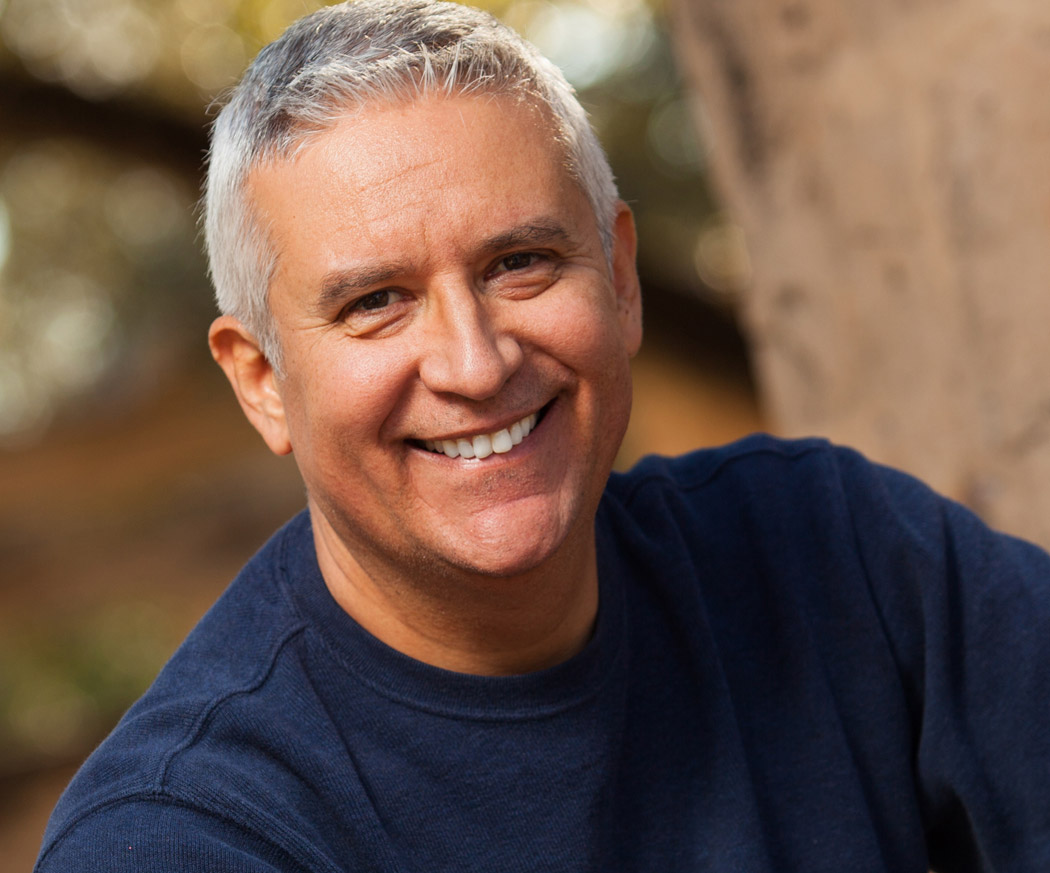
Exosomes vs.
Stem Cells
We understand that addressing sexual health concerns can feel awkward or inconvenient. We're excited to offer a revolutionary approach!
Gone are the days of worrying about doctor visits, medications, or side effects. We're bringing state-of-the-art men's sexual health technology directly to you.
You have a question?

Exosomes vs. Stem Cells
Exosomes and stem cells share a common goal and purpose: to regenerate the broken tissue and cells that happen because of age. And aging isn’t for the faint of heart. With every passing year, your risk of degenerative disease like diabetes, kidney disease, osteoarthritis, Parkinson’s, and Alzheimer’s increases. Then there’s stroke – still the leading cause of death and disability on the planet.
With every pharmaceutical executive bust, more Americans are waking up to the outrageous prices and dangerous side effects of traditional medications. Not to mention the risks and repercussions of surgery.
It’s becoming more and more obvious – even to mainstreamers – that the future of healing lies in regenerative medicine. And that medicine is delivered via natural means: stem cells and exosomes. In this article, we’ll dive into the key differences and similarities between stem cells and exosomes and the benefits of stem cell therapy and exosome therapy.
What Are Stem Cells?
How Does Stem Cell Therapy Work?
Stem cells are like the industrial control system in a factory. They scan their environment to detect the tissue that needs repair. Then, they strategically deploy the right exosomes loaded with the proteins and mRNA required to get the job done – at precisely the right moment.
Mesenchymal stem cells (MSCs) secrete more exosomes than other cells. They can transform into bone, cartilage, muscle, organ, or skin cells – and repair, or even prevent various forms of degeneration. They combat inflammation, increase blood flow, and deliver growth factors.
Once injected, however, the cells themselves do not survive in the patient for very long – but the signals they’ve delivered continue to stimulate regeneration. Regenerated cells are less likely to surrender to disease or injury.
Are you the right candidate?

What Are Exosomes?
Exosomes are little balloons that look like small bubbles that bud off the outer wall of a cell. They were previously believed to be waste byproducts of these cells but scientists have since realized the healing power they offer us.
Exosomes contain everything from proteins to RNA, and most promisingly – mRNA, the protein manufacturer that are usually released in response to an injury to begin healing.
Exosomes are like highly specialized factory workers that perform every function from building cells to delivering chemical signals.
How does exosome therapy work?
Our bodies are already using exosomes to heal and repair broken and aging cells. By telling a cell to deliver mRNA, exosomes force other cells to make proteins that repair damage or regulate genes – so they enhance the therapeutic effects of stem cell therapy.
But biologists have also been isolating and delivering these beneficial signalers directly, rather than within stem cell therapy.
Because they’re so small and nimble, exosomes can remain hidden in the bloodstream, carry multiple doses – of either drugs or proteins – and cross barriers that cells cannot. They’re ideal for delivering therapies to the brain, as they can cross the blood-brain barrier and other checkpoints in the body. Intravenous injection of exosomes has been demonstrated to be more efficient than the use of cells in treating stroke and another study showed that exosomes helped improve kidney function.
Additionally, exosome therapy can treat conditions like:
- Inflammation
- Erectile Performance
- Pain
- Regeneration

Reviews
Reserve your appointment
A biohacker like Stephanie Wolff. She and her team of dedicated specialists have been studying and successfully delivering both stem cell and exosome therapies to hundreds of patients for over a decade. You can be their next success story.
These Stem Cell Therapy specialists recognize that stem cells and exosomes hold the secret to diagnosing a slew of disorders, reversing degenerative disease, and even demonstrating how cancer is treated – all while understanding how the uses of stem cells are constantly changing.
For a scientifically sound consultation with dedicated specialists call Novus Anti-Aging Center at (310) 954−1450 or contact us here today.
Get the support you need.
Experience compassionate care and tailored solutions for your sexual health and anti-aging concerns. We will work with you to enhance satisfaction and wellbeing.

